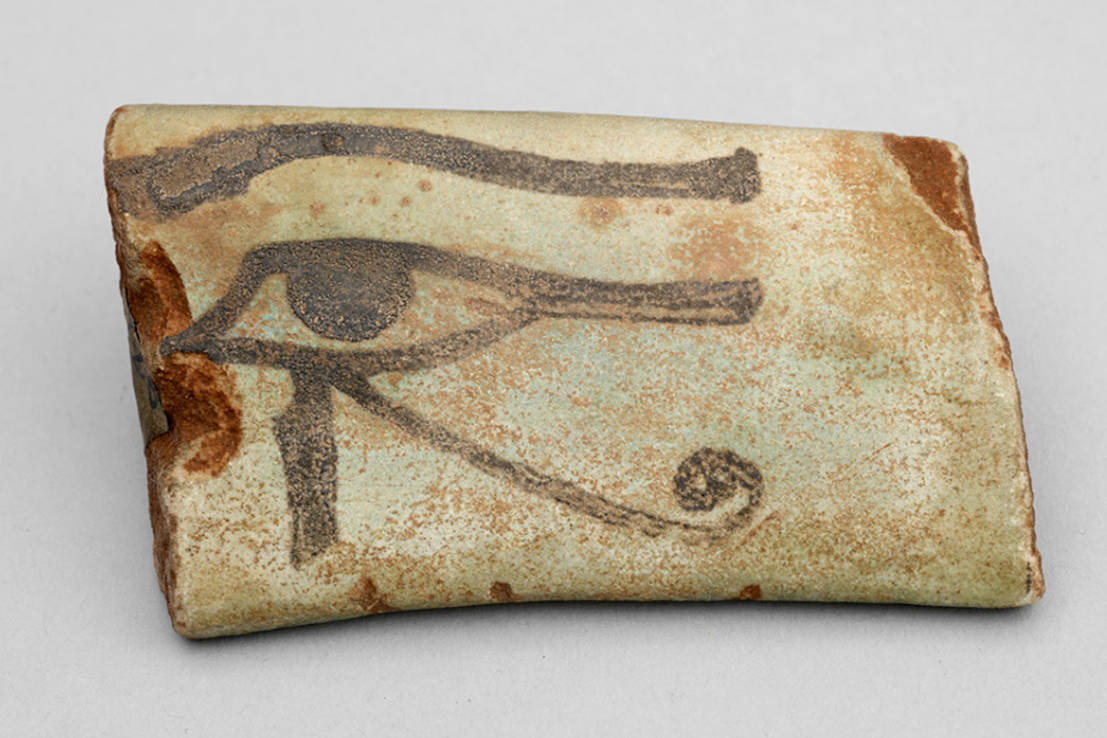
in Français / French translated by Karine
This object has been translated into 12 different languages by 16 different users
L’Oeil d’Horus, parfois connu sous le nom de l’oeil oudjat, est utilisé en tant que symbole de protection populaire dans l’Égypte ancienne. Le dieu Horus y est représenté en faucon. Dans la mythologie de l’ancienne Égypte, Horus a perdu son œil lors d’un combat contre son rival Seth, qui a tué le père d’Horus, Osiris. L’œil lui a ensuite été rendu par le dieu Thot, et est devenu l’oudjat, qui signifie entier ou sain.
Il est devenu un symbole de protection populaire, particulièrement chez les morts, et a été utilisé pendant environ 3000 ans, depuis l’Ancien Empire jusqu’à l’ère romaine. Il était également utilisé dans les cultures voisines, telles que celle des Cananéens, des Syriens ou des Nubiens.
Y-a-t-il un objet que vous garder comme porte-bonheur ou objet de protection ?
Do you have something you’d like to say, in your own language or English, about the object or translation? We’d like to hear what you think.
Translations are community-sourced and for anyone to participate in, however you use your language. For more information, see Community Guidelines.
23 Sep, 2023
Italians, especially in southern Italy, are well known for their attachment to superstition. Therefore, it is not surprising that good-luck charms are particularly popular. Arguably, the most popular amulet is the “cornicello” or “cornetto” (meaning “little horn”). The amulet is believed to protect against “malocchio” (“evil eye”), and it is commonly found in the Italian regions of Campania, Lazio, Puglia, and Basilicata.
The cornetto is in the shape of a horn, and it can be made from metal, but it is most commonly red in colour. This makes them look very similar to chilli pepper, but it is meant to represent an eland horn. The cornetto finds its origin in Greek and Roman mythology as it is linked to another common symbol: the cornucopia. The cornucopia, also known as the “horn of plenty” is a symbol of abundance and it is commonly illustrated as a large horn-shaped container overflowing with fruits and flowers. Similarly, the cornetto is also associated with abundance and fertility and remains one of the most common Italian symbols of protection. If you ever go to Naples, you can be certain to see at least one cornetto be worn as jewellery, hung from the rearview mirrors of a car, or kept in a house for decor and good luck.